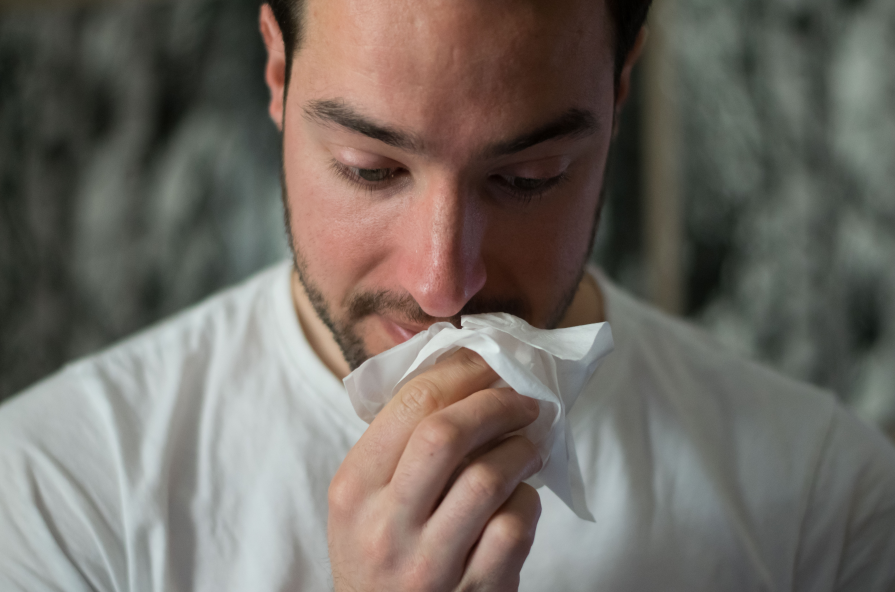
Spring is a beautiful time of year, with the blooming of flowers and the return of warmer weather. However, for many people, it also means the start of seasonal allergies, which can be a frustrating and uncomfortable experience. In this article, we’ll explore the science behind spring allergies, including their causes and symptoms.
What are Spring Allergies?
Spring allergies, also known as seasonal allergic rhinitis or hay fever, occur when the body’s immune system overreacts to allergens in the environment. In the spring, the most common allergens are pollen from trees, grasses, and weeds.
When a person with spring allergies comes into contact with these allergens, their immune system produces antibodies that trigger the release of histamine and other chemicals. These chemicals cause inflammation in the nasal passages, eyes, and throat, leading to the characteristic symptoms of spring allergies.
Symptoms of Spring Allergies
The symptoms of spring allergies can vary from person to person, but the most common include:
- Sneezing
- Runny or stuffy nose
- Itchy or watery eyes
- Itchy nose or throat
- Coughing
In more severe cases, spring allergies can also cause headaches, earaches, fatigue, and irritability.
Understanding the Causes of Spring Allergies
To understand the causes of spring allergies, it’s helpful to know a bit about how the immune system works. When the body comes into contact with a foreign substance, such as a virus or bacteria, the immune system mounts a defense. However, in the case of spring allergies, the immune system mistakenly identifies pollen as a threat and overreacts.
There are several factors that can contribute to the development of spring allergies, including genetics, environmental factors, and the immune system. Some people are simply more prone to allergies due to their genetic makeup, while others may develop allergies due to exposure to pollution, cigarette smoke, or other irritants.
Diagnosing and Treating Spring Allergies
If you suspect that you have spring allergies, it’s important to see a healthcare professional for a proper diagnosis. This may involve a physical exam, as well as allergy tests to determine which allergens are causing your symptoms.
Once you have a diagnosis, your healthcare provider may recommend several treatment options. Over-the-counter antihistamines, decongestants, and nasal corticosteroids are often the first line of defense against spring allergies. It’s also important to minimize exposure to allergens by staying indoors during peak pollen times, keeping windows closed, using air conditioning, and wearing a mask when outside. In some cases, allergen immunotherapy may also be recommended.
Conclusion
Spring allergies can be a frustrating and uncomfortable experience, but understanding the science behind them can help you better manage your symptoms. By taking steps to minimize your exposure to allergens and seeking treatment from a healthcare professional, you can enjoy the beauty of spring without the discomfort of allergies.




















